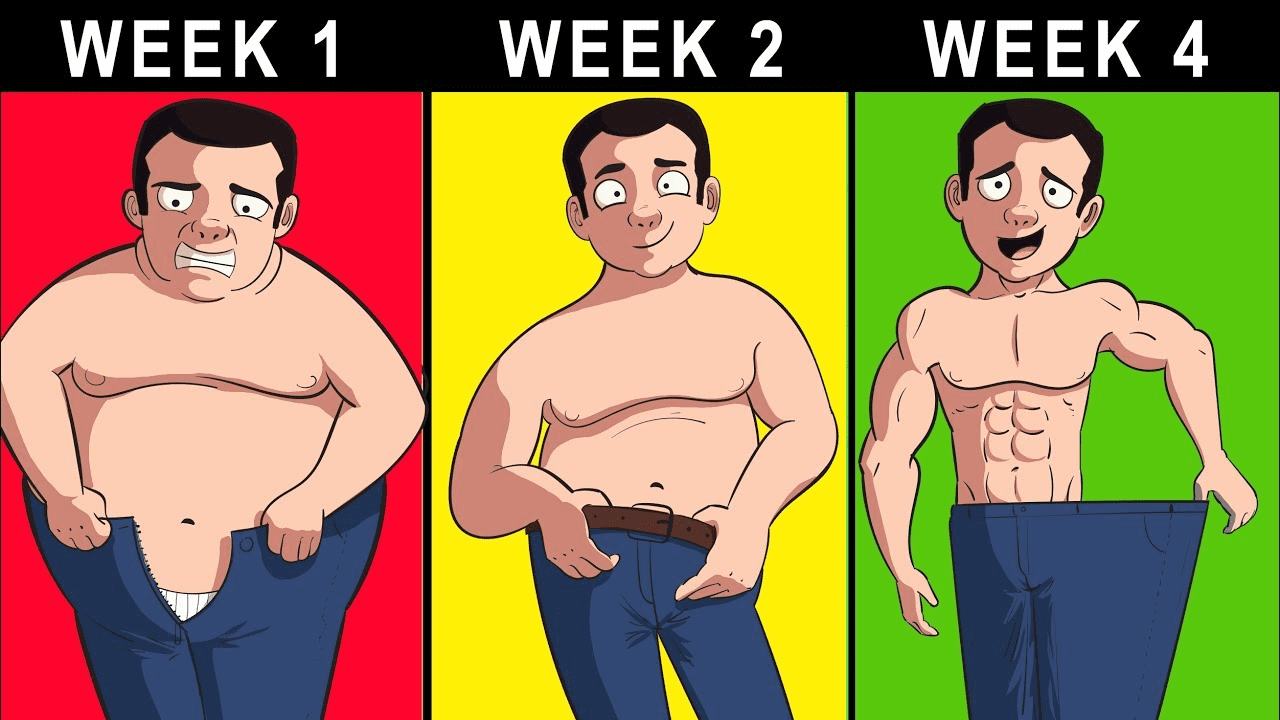Embarking on a 30-day journey to lose weight requires a balanced and sustainable approach. While rapid results may be tempting, the key lies in adopting healthy habits that promote long-term well-being.
Let’s delve into a step-by-step guide to help you achieve your weight loss goals in a realistic and sustainable manner.
1. Establish Clear Goals: Before diving into any weight loss program, set clear and achievable goals. Define both short-term and long-term objectives, such as shedding a specific number of pounds and improving overall fitness. This clarity will guide your efforts and keep you motivated throughout the 30-day period.
Example: Aim to lose 1-2 pounds per week, which is considered a healthy and sustainable rate of weight loss.
2. Balanced Nutrition: Crafting a well-rounded and nutritious diet is paramount to weight loss success. Focus on consuming whole foods, rich in nutrients and low in empty calories. Opt for lean proteins, whole grains, fruits, vegetables, and healthy fats while minimizing processed and sugary foods.
Example: Design a daily meal plan that includes grilled chicken, quinoa, colorful vegetables, and a serving of avocado for a nutrient-dense and satisfying meal.
3. Portion Control: Monitor your portion sizes to avoid overeating, even with healthy foods. Utilize smaller plates to create an illusion of a fuller plate and practice mindful eating. Pay attention to hunger and fullness cues to prevent unnecessary snacking.
Example: Instead of a large dinner plate, use a smaller plate for meals to help control portion sizes, promoting a sense of fullness.
4. Hydration is Key: Staying adequately hydrated is crucial for overall health and can aid in weight loss. Often, the body may mistake thirst for hunger, leading to unnecessary snacking. Aim for at least 8 glasses of water per day and consider incorporating herbal teas for added variety.
Example: Start your day with a glass of water and carry a reusable water bottle throughout the day to ensure consistent hydration.
5. Regular Exercise Routine: Incorporate a mix of cardiovascular exercises, strength training, and flexibility exercises into your routine. Aim for at least 150 minutes of moderate-intensity aerobic activity per week, complemented by strength training exercises at least twice a week.
Example: Include activities like brisk walking, cycling, and bodyweight exercises in your routine for a well-rounded approach to fitness.
6. Adequate Sleep: Prioritize quality sleep, as inadequate sleep can negatively impact metabolism and increase cravings for unhealthy foods. Aim for 7-9 hours of sleep per night to support your weight loss efforts.
Example: Establish a consistent sleep routine by going to bed and waking up at the same time each day, creating a conducive environment for quality sleep.

Read Also The Incredible Impact of a Personal Trainer
7. Mindful Eating Practices: Incorporate mindful eating habits into your routine to cultivate a healthier relationship with food. Pay attention to the flavors, textures, and sensations of each bite, and avoid distractions such as screens while eating. This practice encourages better digestion and can prevent overeating.
Example: Take your time to savor each bite during meals, chew slowly, and put your fork down between bites. This allows your body to signal fullness, reducing the likelihood of consuming excess calories.
8. Smart Snacking: Choose nutrient-dense snacks to curb hunger between meals. Opt for options such as Greek yogurt with berries, a handful of nuts, or sliced vegetables with hummus. These snacks provide sustained energy and help you avoid reaching for less nutritious alternatives.
Example: Prepare snack-sized portions of cut-up fruits or vegetables at the beginning of the week, making it convenient to grab a healthy option when hunger strikes.
9. Track Your Progress: Documenting your journey can be a powerful motivator. Keep a food diary, track your exercise routines, and note any changes in your energy levels and mood. This allows you to identify patterns, celebrate achievements, and make necessary adjustments.
Example: Use a journal or a mobile app to log your daily meals, workouts, and reflections. Periodically review your progress to stay on track and make informed decisions about your routine.
10. Seek Support: Share your weight loss goals with friends, family, or join a community that shares similar objectives. Having a support system provides encouragement, accountability, and a sense of camaraderie that can make the 30-day journey more enjoyable and sustainable.
Example: Find a workout buddy or join an online fitness group where you can share experiences, exchange tips, and celebrate milestones together.
11. Adaptability and Flexibility: While consistency is crucial, life may throw unexpected challenges your way. Be flexible and adapt your plan as needed without losing sight of your overall goals. This approach fosters resilience and prevents setbacks from derailing your progress.
Example: If you miss a workout or indulge in a treat, acknowledge it, and refocus on making healthier choices moving forward. Remember, it’s the overall trend that matters.
12. Post-30 Days: Maintenance is Key As you approach the end of the 30-day period, reflect on the habits you’ve developed and assess their sustainability. Gradually transition into a maintenance phase by continuing positive practices, adjusting your goals, and staying committed to a healthy lifestyle.
Example: Instead of viewing the 30-day period as a short-term fix, consider it as a launchpad for long-term well-being. Continue practicing healthy habits that align with your lifestyle, ensuring lasting results.
In conclusion, achieving weight loss in 30 days involves a multifaceted approach that combines mindful eating, regular exercise, proper hydration, and a supportive environment.
By integrating these practices into your daily life, you not only shed unwanted pounds but also cultivate a sustainable and enjoyable approach to health and well-being. Remember, the journey to a healthier you is a marathon, not a sprint.
Read Also How to Install Garbage Disposal
